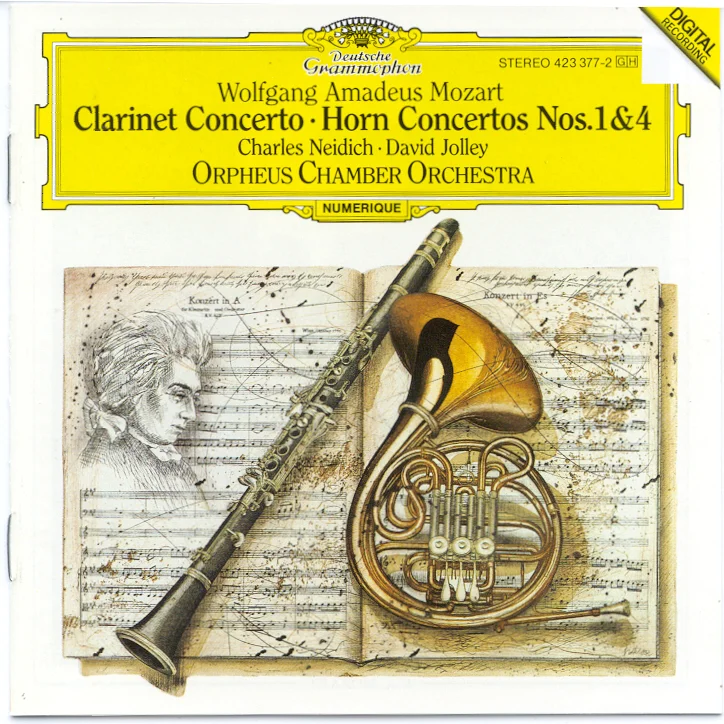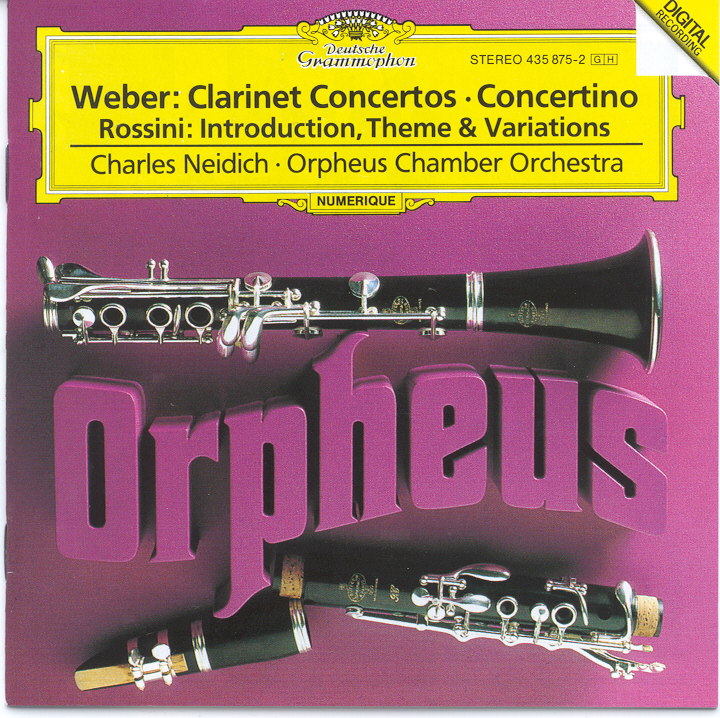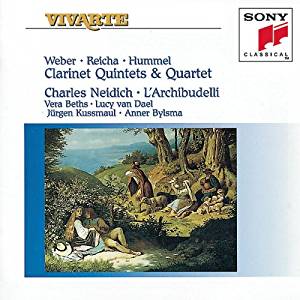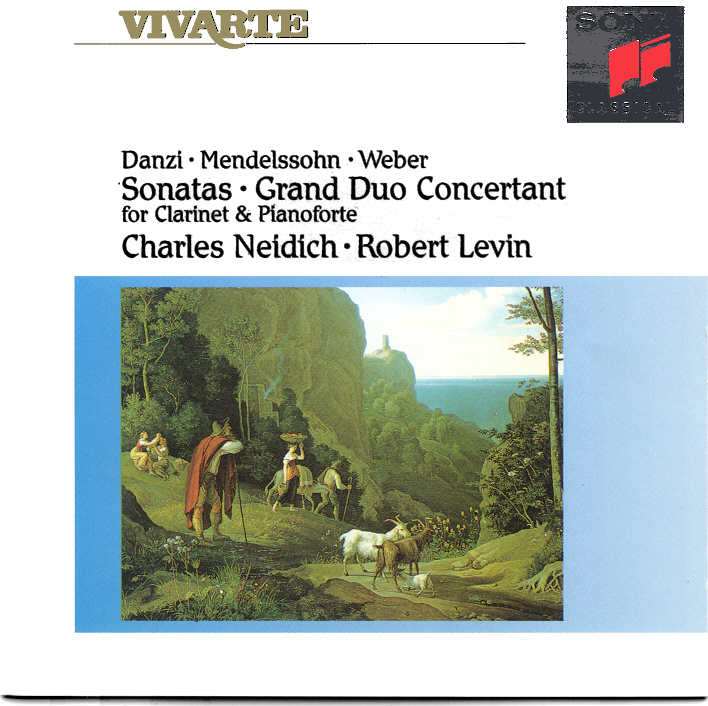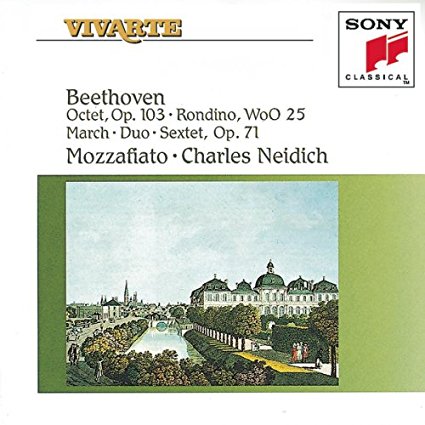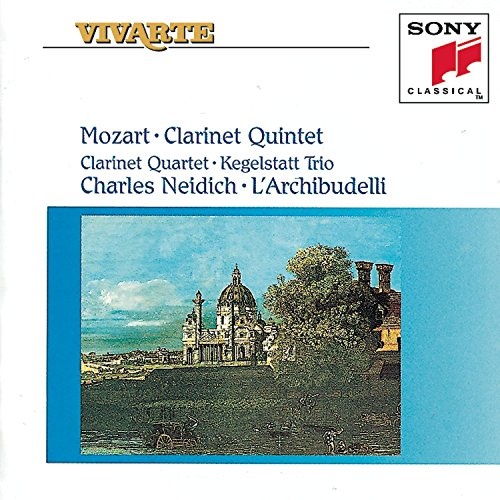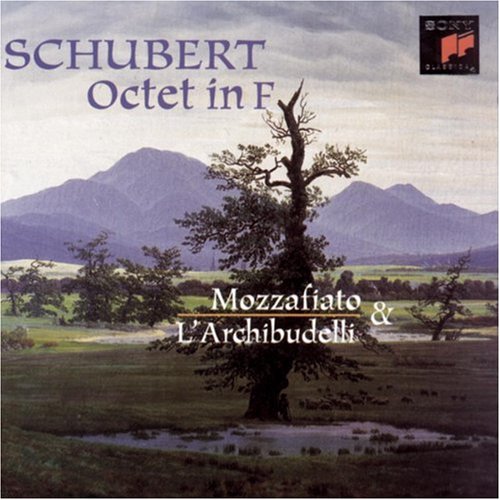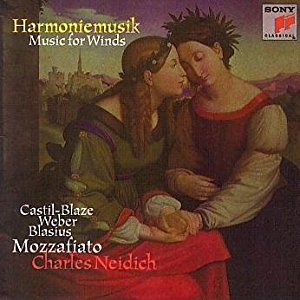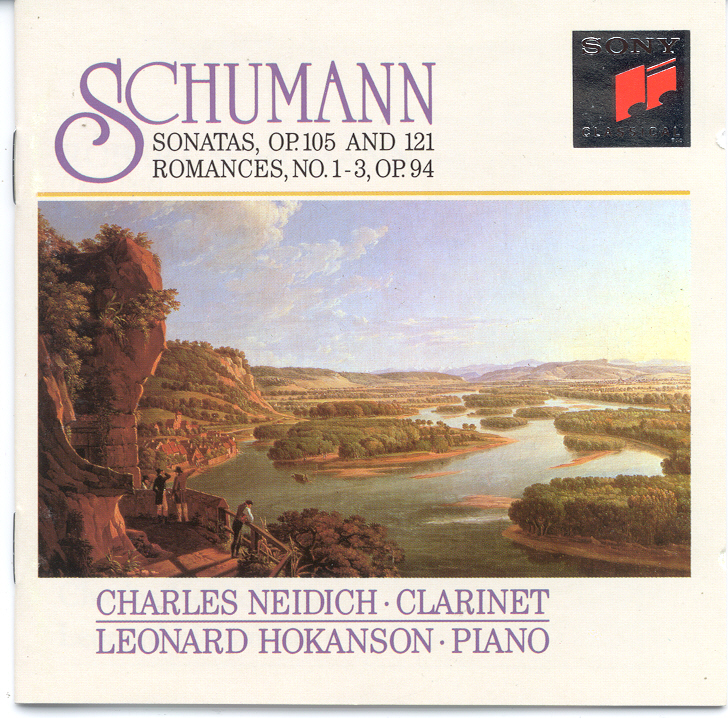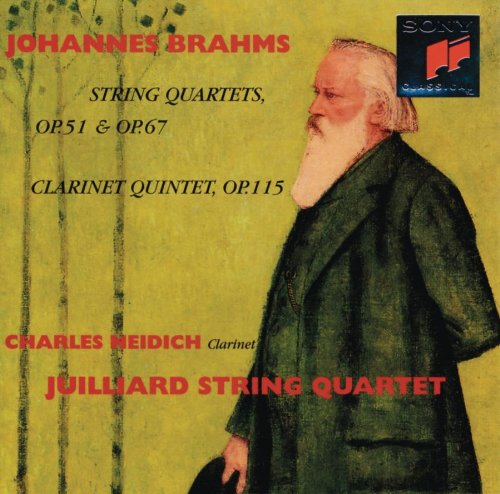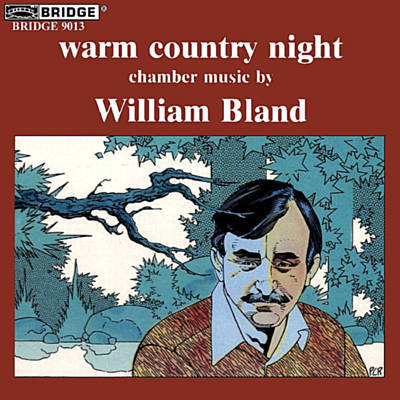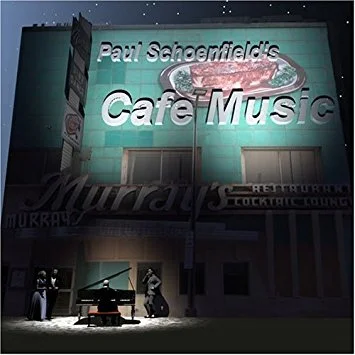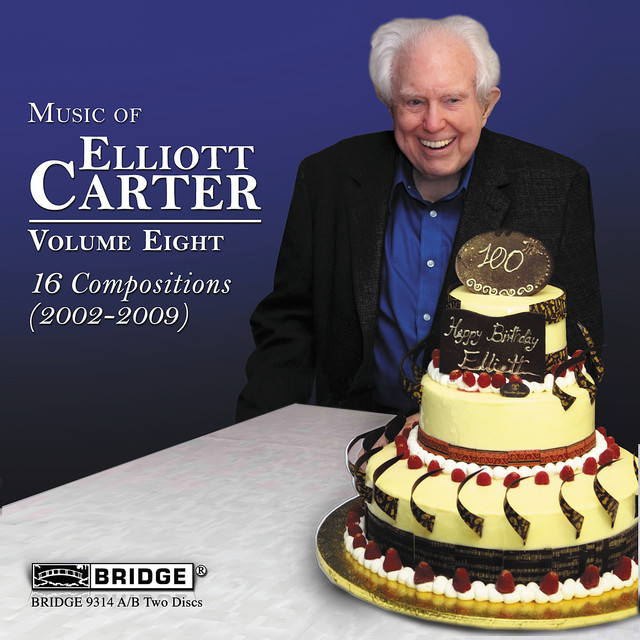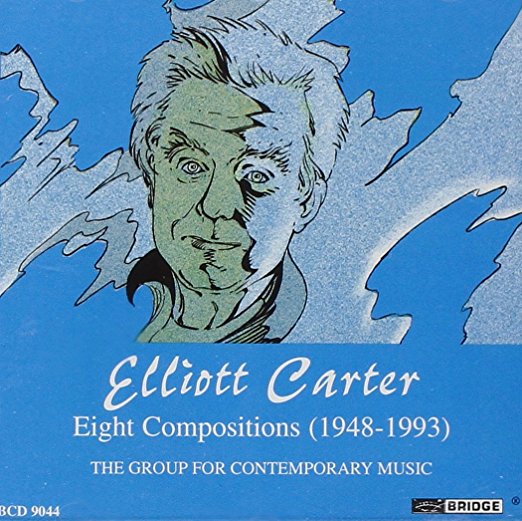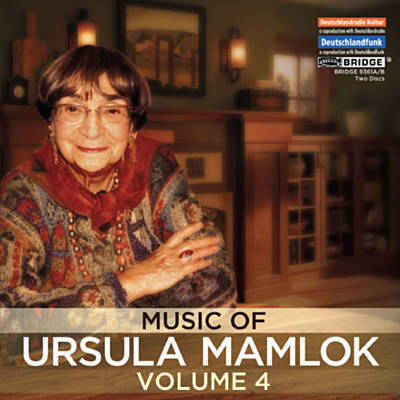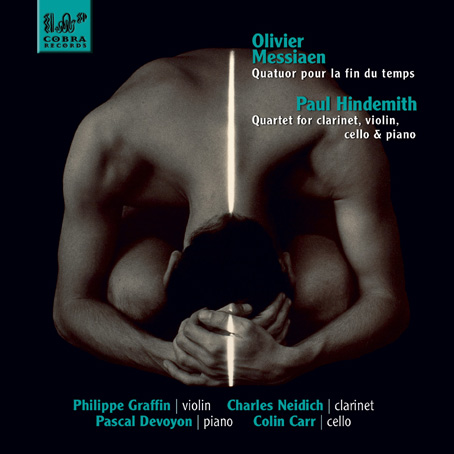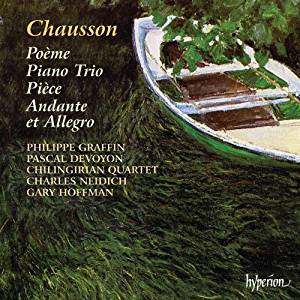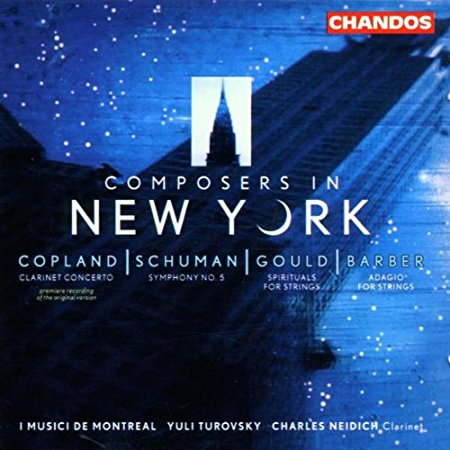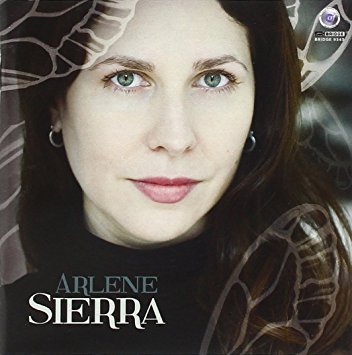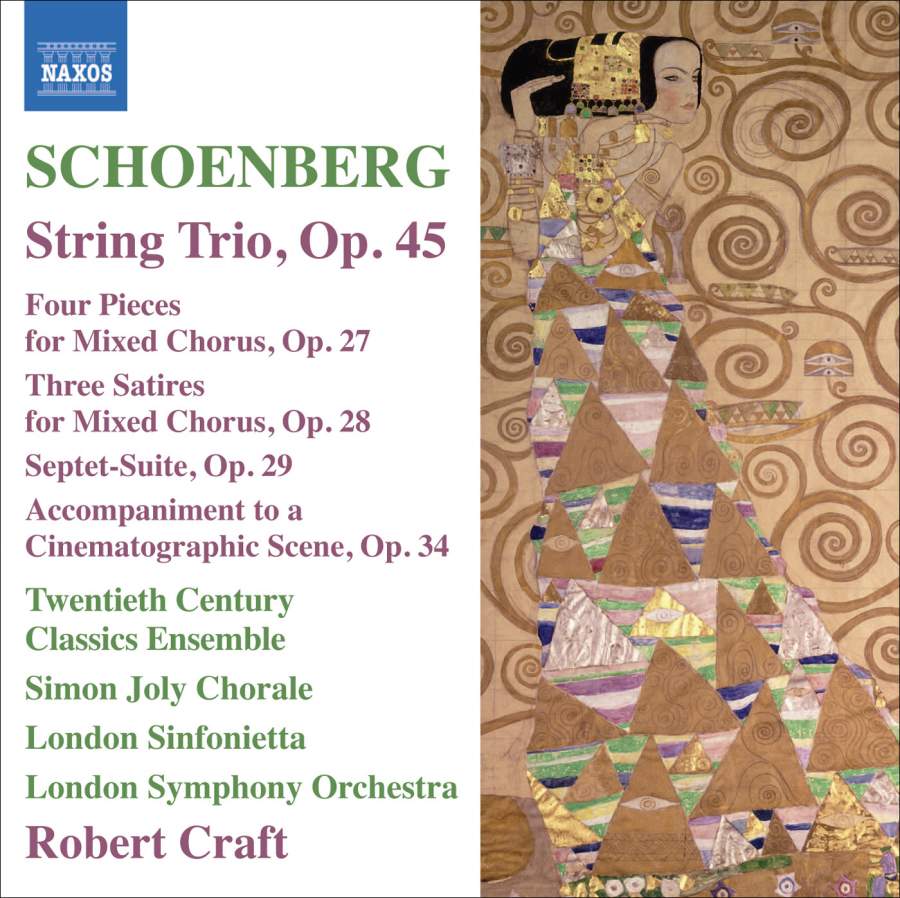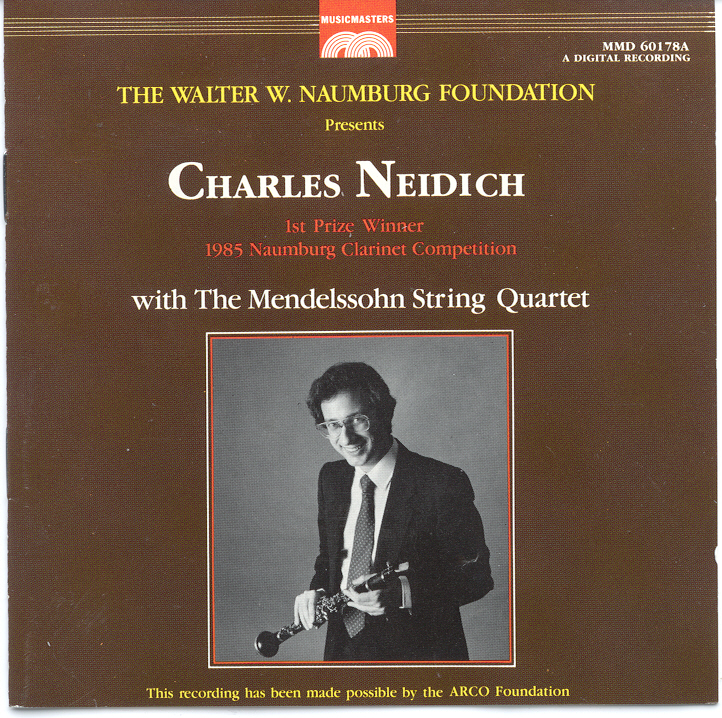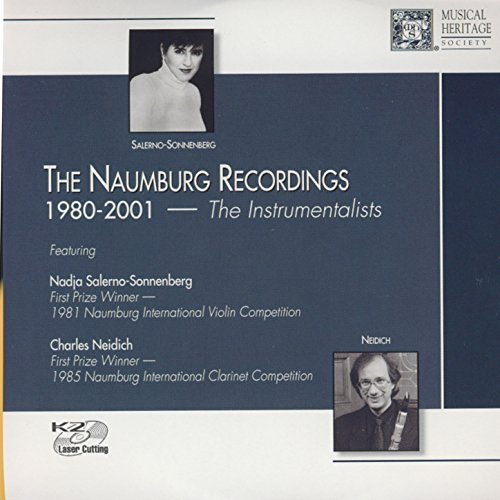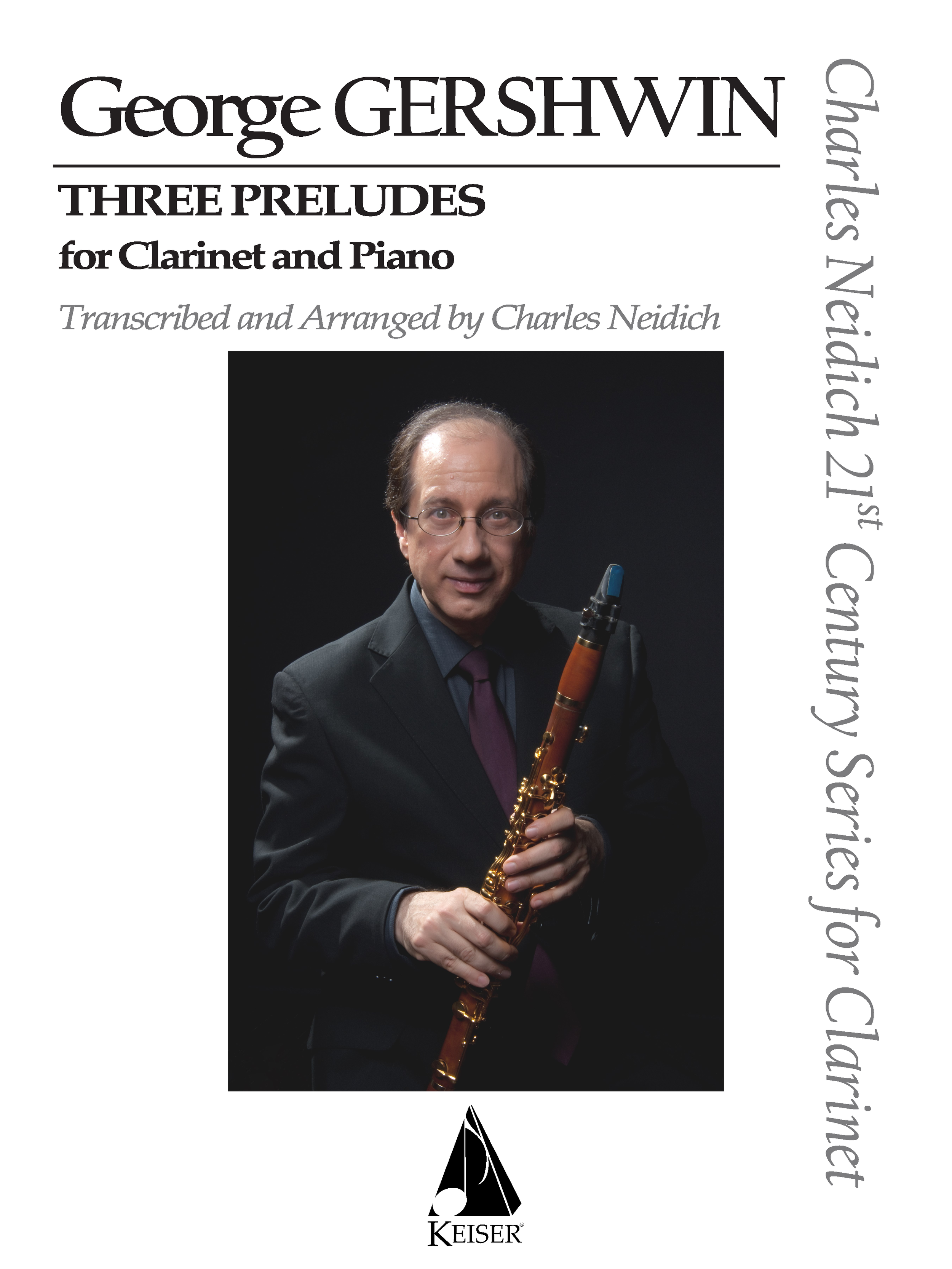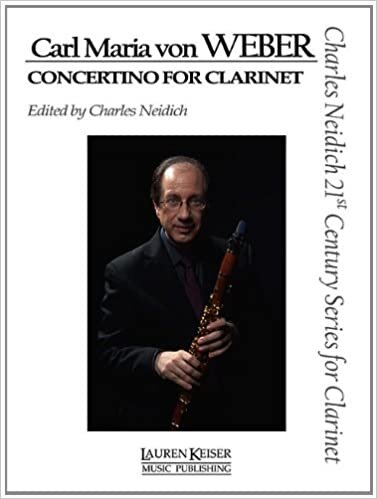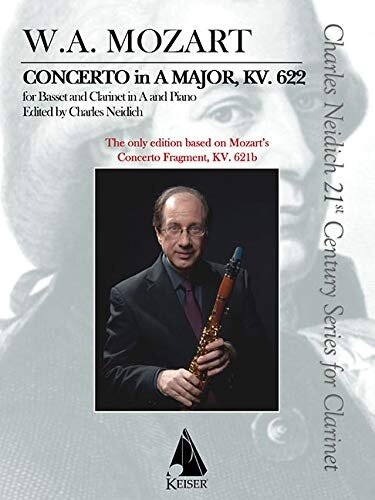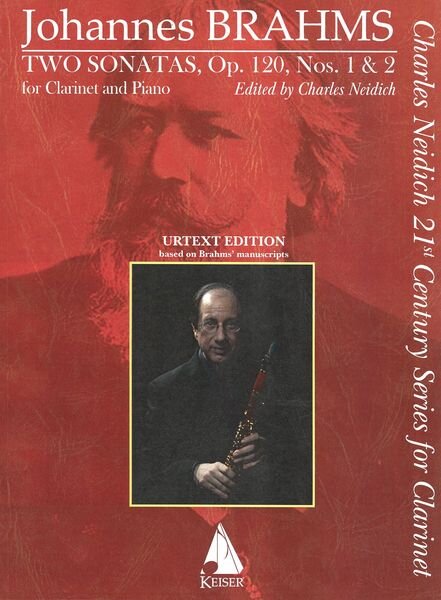MOZART 1791
The mellow, woodsy tone of the basset horn stars in this pleasing recording of works for basset horns and/or clarinets (in various configurations) and orchestra by Mozart and his Bohemian contemporary Jiri Druzecky. Charles Neidich’s reading of Mozart’s Concerto for Basset Clarinet in A (KV 622) radiates sunny serenity. But over the course of the following works, including Druzecky’s Concerto for three basset horns and orchestra in F and a reconstruction of Mozart’s Adagio in F for clarinet and three basset horns (KV 580a), the music takes on an inescapably narcotic quality.
- Corinna da Fonseca-Wollheim, New York Times
FROM ALBUM NOTES:
The History and Mystery of Mozart ’s Basset Clarinet Concerto , KV.622
An often neglected, yet very important aspect of Mozart’s prodigious musical output was how revolutionary so much of it was. The inspiration for this most often came from the fact that he wrote for his friends: friends who were the outstanding musicians of his time and also the “cutting edge” of instrumental and musical innovation. Of these friendships, none was as significant as that with the clarinetist, Anton Stadler, inspiring works which today form the core of woodwind chamber music and culminating with his great concerto for basset clarinet KV 622. Anton Stadler, whose tone was described as “closest to the human voice,” and who loved the warm quality of the basset horn, worked with the Viennese instrument maker, Theodor Lotz, to combine the best features of the basset horn and the clarinet, extending the clarinet’s low range down 4 semitones. Stadler’s basset clarinet inspired Mozart to compose a subtly new kind of concerto, more connected to opera than to instrumental music. It is more than possible that Stadler’s very vocal approach to playing inspired Mozart as much as the extended range of his basset clarinet. There are 2 mysteries surrounding the concerto. The first: what did Stadler’s instrument look like and the second: what happened to the manuscript. The first, luckily has very much been solved thanks to the discovery of a program of a concert Stadler played in Riga in 1794. On it there is drawing of Stadler’s instrument – a long instrument with a slightly bent neck and a bowl shaped bell facing inward. The second remains the big mystery. The manuscript for the concerto KV 622 is lost. Stadler, very likely, played the premiere of the concerto in Prague on October 16, 1791. He spent the next years touring Europe almost certainly performing the concerto in several cities. Stadler mentioned that a case containing scores and instruments was stolen while he was on that tour. Luckily, a fragment of a preliminary version exists. This fragment not only establishes that Mozart used all the chromatic low notes, it also shows the way to reconstruct the original version. By checking through the score, we can recreate with a fair degree of certainty the remarkable operatic work Mozart created for his friend Anton Stadler. (text: Charles Neidich)
DISCOGRAPHY
SHEET MUSIC CRITICAL EDITIONS
Charles Neidich exclusive critical editions from Keiser Southern Music publisher include:
Weber: Concertino
Mozart: Concerto in A, KV622 for Basset Clarinet and Piano
Rossini: Introduction, Theme and Variations
Gershiwin: Three Preludes
Jeanjean: 18 Advanced Etudes
Cavallini: 30 Caprices
Brahms: Two Sonatas, Op. 120, Nos. 1 and 2 for Clarinet and Piano, Urtext Edition
The music is available for purchase at Keiser Southern Music Store and Amazon Store


